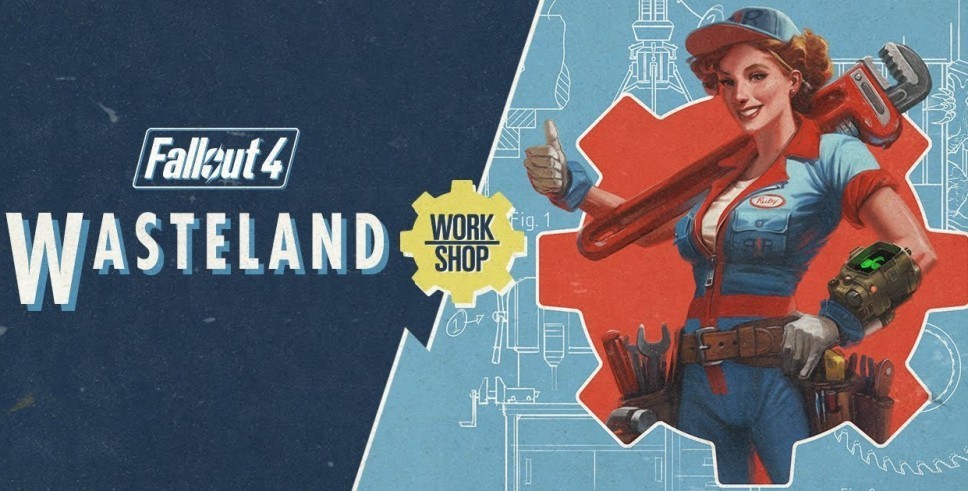Written by Ian Hertzberg
Playing games makes you a better game developer. Common sense, right? Of course, it does! Having experience with a medium as a consumer is important and will help you to better understand it. The same goes for a lot of other mediums. Musicians ,for example, are large consumers of music and much like game developers got into music because of their love for it.
Now, I’m not saying you should play a whole lot of video games and call that your education, that’s ludicrous. What you should do is play games and study them. Look closely at the game and it’s mechanics, then think about it as if you were a designer. What does this mechanic evoke in the player? Is it fun? Rewarding? Why? Is it intuitive? Do would the designer in this instance want it to be intuitive? You could probably think of 100’s of questions about game design if you tried.
Let’s think of a couple examples questions using popular games to help get you in the right mindset. You can provide answers in the comments if you like. We’d love to hear what you think.
1) How does the Dark Souls series create a feeling and atmosphere of dread?
2) What is (in your opinion) the most core part of a game like Skyrim’s design?
3) What makes Minecraft so appealing to multiple audiences?
4) What in your opinion is the best, opening or start, of a game you’ve played? What made it the best?
4.5) Have you ever played through a game tutorial you thought was good or well done? Why did you think so?
Another good practice to get into is to take notes on games you play. Not to hint at any upcoming articles, but I personally have a good chunk of notes on the most recent Uncharted game, Uncharted 4: A Thief’s End. I looked for things like the game mechanics, how did they work, how did they make me feel, did they help or hinder the narrative, and then being a writer I have a ton of notes about the narrative structure itself.
So, if you’re interested in game design or are hoping to become a designer I would highly recommend thinking critically about the games you’ve played and taking notes on the games you play in the future. Journal your experiences and reflect on them. It’ll not only make you a better designer, but also a better critical thinker.
Want to talk more about studying games? Well, you’re in luck! Play Study will be a reoccurring segment on The Game Library that will look into more fine points of analyzing game through the lens of design. I also have another similar column in the works called Case Study which will feature a breakdown of my or another member of the Game Libraries notes on a particular game.
So stay tuned for those in the coming weeks.
Until then play and think about: games.




